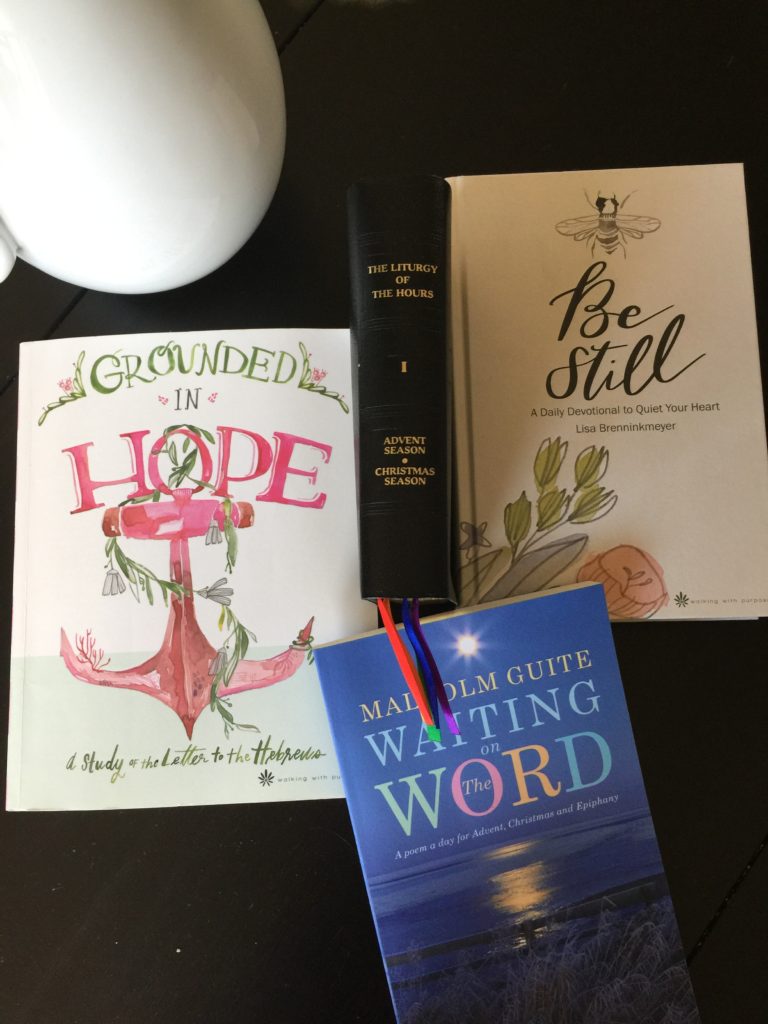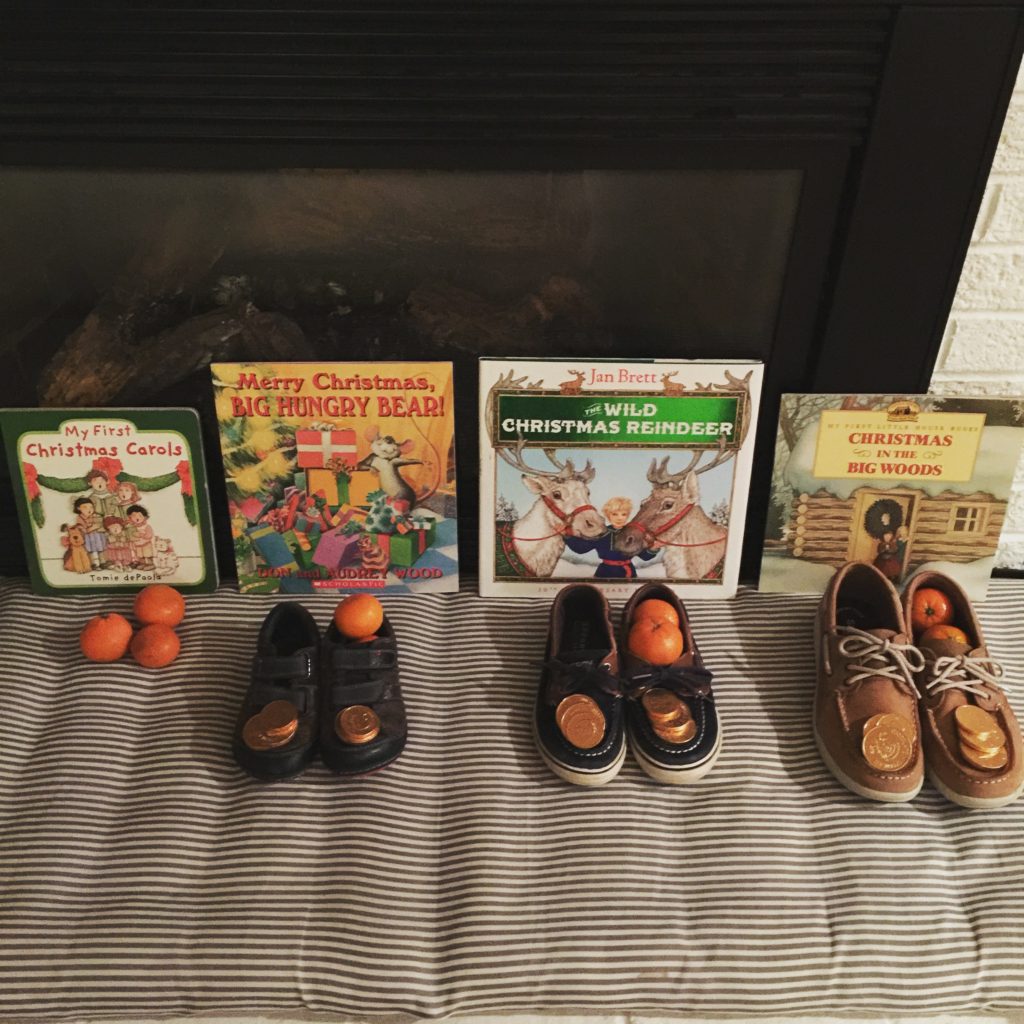With the last post in this series we have rounded out some important preliminary contemplations regarding our roles as parents and catechists in the faith formation process. We have considered various preconceptions that we may bring to this work, as well as the atmosphere that we construct in our homes and our classrooms. Once we have properly understood our role as instruments of the Holy Spirit in the spiritual life of the child, then we are able to get down to the nuts and bolts of embodied faith formation: living ideas and habits.
As stated previously, the intersection of the living ideas of our Catholic faith with the formation of spiritual habits (disciplines) is what forms disciples of Christ. We have to both cultivate the mind and train the body in the life of faith. This means that we have to inspire children with living ideas that deepen their knowledge of truth, and we have to walk with them in building spiritual habits that put those living ideas into practice in their daily lives.
We need both of these components in religious education; moreover, we need to acknowledge and facilitate the natural relationship between these two components. James 2:17 (RSVCE) says: “So faith by itself, if it has no works, is dead.” In the life of the properly catechized Catholic (child or adult) there should be a natural flow between learning what the faith teaches and then putting that truth into practice.
Education philosopher, Charlotte Mason, speaks of this connection as “forming the right habit upon the right idea” (Mason, p. 66). How fundamental this process is in the life of faith—at all ages—but how incredibly helpful in the early years of faith formation to focus on establishing spiritual habits right away as they correspond to the inspiring truths of the faith presented to our minds. Habituating truth, embodying it in our lives, means that we are providing a means for living it out. Applying what we believe in our daily living is what makes our faith real and experienced.
Mason goes on to say that we shouldn’t be teachers that make children believe “that to know about things is the same thing as knowing them personally” (Mason, p. 66). Earlier this year, I heard Fr. Mike Schmitz make a similar comment, which brought this principle of connecting truth with habit to my mind. He said, “We will never be able to replace worship of God with hearing about him” (Schmitz, Day 51). For our catechesis to be dynamic we must actually practice the faith with the children, live it with them in real ways. Thus we are acting as a real community—real communities of the domestic church and real communities of the local church.
And so, as we continue this series, our next focus will be to describe for ourselves in practical ways what living ideas and habit formation looks like in our homes and classrooms—keeping in mind that these two components work together. We will identify more clearly what sources of living ideas should be primary teaching texts, and we will identify some examples of opportunities to build spiritual habits with children in the home and classroom settings.
_______________________________________________
References:
Mason, Charlotte M. 2018. School education. Volume III, p. 66.
Mason, Charlotte M. 2018. School education. Volume III, p. 66.
Schmitz, Fr. Mike. 2021. “The Bible in a Year”. Podcast, Day 51.



